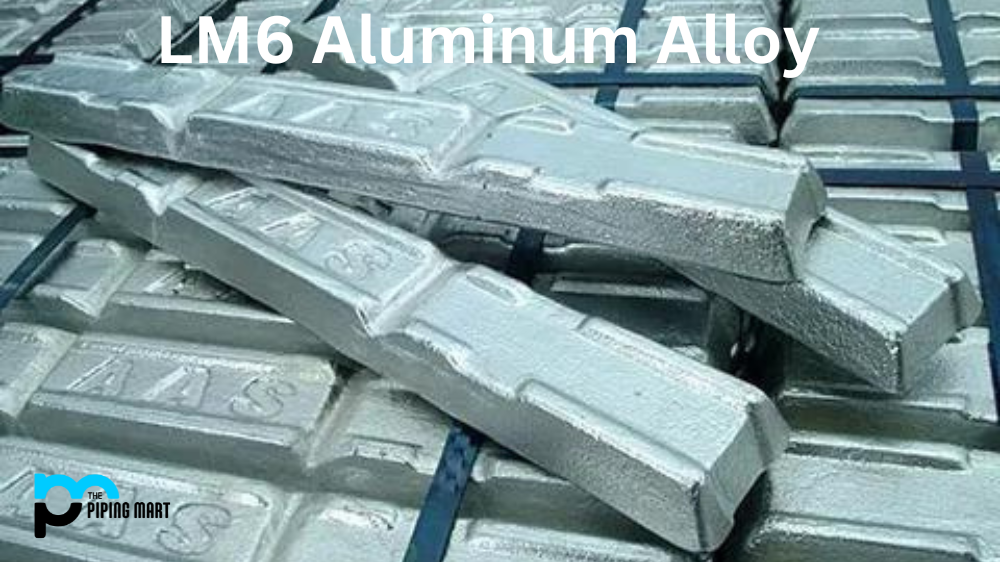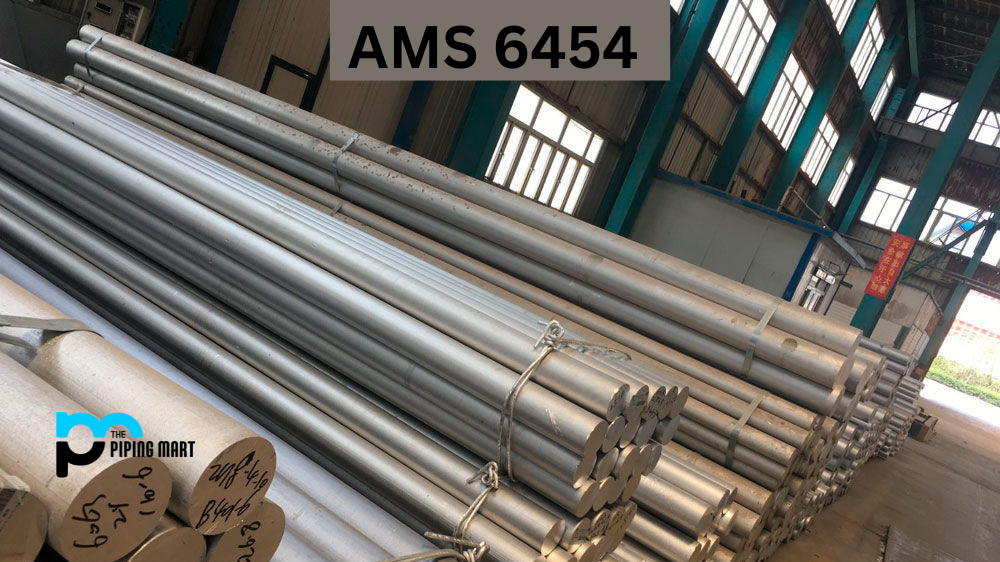If you are looking for a strong, durable, lightweight aluminium alloy, look no further than LM6. This alloy is popular in the automotive, aerospace, and marine industries due to its excellent mechanical properties and corrosion resistance. In this ultimate guide, we will explore everything you need to know about LM6 aluminium alloy, from its composition to its uses and even how to weld it.
LM6 Aluminium Alloy Composition
LM6 aluminium alloy is a casting alloy primarily composed of magnesium and aluminium. It also contains small amounts of silicon, copper, nickel, and manganese. Combining these elements produces an alloy that offers excellent strength and corrosion resistance.
LM6 Aluminium Alloy Physical Properties
LM6 has a 2.7 g/cm³ density and a melting point of 566°C. It is a robust, durable alloy that withstands high temperatures and harsh conditions. LM6 also has good thermal and electrical conductivity, making it an excellent choice for electrical components.
LM6 Aluminium Alloy Mechanical Properties
LM6 has excellent mechanical properties, including high tensile strength, yield strength, and fatigue strength. It also has good elongation and impact resistance. LM6 is a perfect choice for applications that require high-performance parts with low weight, such as engine components and structural elements in aircraft and boats.
LM6 Aluminium Alloy Uses
LM6 aluminium alloy is used in various applications due to its unique combination of strength and lightweight. The automotive industry, LM6 is used for engine cylinders, pistons, and gearbox components. In aerospace, it is used for structural components and engine parts. In marine applications, LM6 is used for boat fittings and engine components.
LM6 Aluminium Alloy Hardness
The hardness of LM6 aluminium alloy varies depending on the heat treatment and casting process used. However, it generally has a Brinell hardness of around 80-90 HB, making it a relatively hard alloy that can withstand wear and tear.
LM6 Aluminium Alloy Heat Treatment
It can be heat-treated to improve the mechanical properties of LM6 aluminium alloy. The most common heat treatment for LM6 is T6, which involves solution heat treatment followed by artificial ageing. This process improves the alloy’s strength and toughness while maintaining its corrosion resistance.
LM6 Aluminium Alloy Welding
LM6 aluminium alloy can be welded using various welding methods, including Tungsten Inert Gas (TIG) welding and Metal Inert Gas (MIG) welding. However, welding LM6 can be challenging due to the alloy’s high magnesium content, leading to cracking and porosity. Proper welding techniques and filler materials are critical for achieving solid, high-quality welds.
LM6 Aluminium Alloy Corrosion Resistance
One of the most significant advantages of LM6 aluminium alloy is its excellent corrosion resistance. This alloy is corrosion-resistant in seawater, hydrochloric acid, and many other corrosive substances. This makes it an ideal choice for marine and industrial applications where corrosion can be a significant issue.
Conclusion
LM6 aluminium alloy is a highly versatile and valuable material for various applications. Its unique mechanical properties and corrosion resistance combination makes it a popular choice in the automotive, aerospace, and marine industries. Whether you’re designing engine parts for a high-performance car or boat fittings for a seaworthy vessel, LM6 aluminium alloy is an excellent choice that won’t disappoint.




